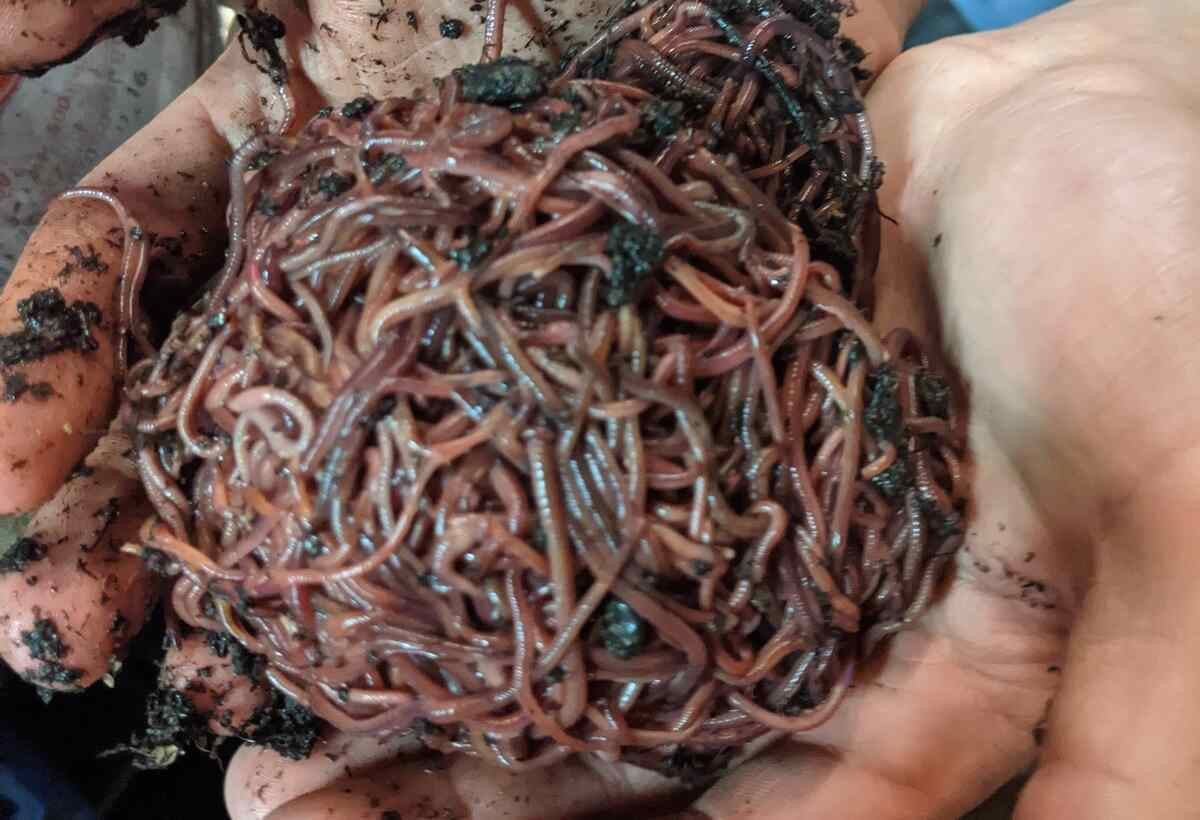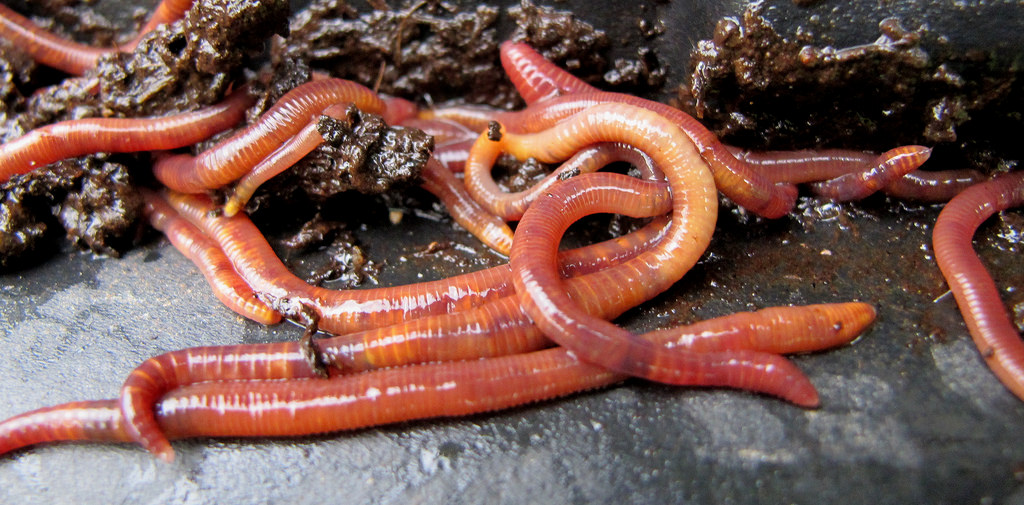Achieve a Beautiful Lawn Using Lake Hickory Bait Lawn Care Resources
Achieve a Beautiful Lawn Using Lake Hickory Bait Lawn Care Resources
Blog Article
The Incredible Globe of Red Wigglers: Increase Your Soil Fertility Today
These small yet reliable organisms transform organic waste into valuable worm castings, considerably enhancing soil health and promoting lasting practices. As we check out the benefits of vermicomposting and the practical steps to create an effective worm container, the possible influence of these worms on your horticulture success comes to be increasingly apparent.
Comprehending Red Wigglers
Red wigglers, clinically called Eisenia fetida, are a types of earthworm that play a critical function in improving soil fertility. These worms grow in organic-rich environments, such as compost heap and decomposing plant product, where they consume organic waste and excrete nutrient-dense castings. Their special makeup, including a fractional body and a clitellum, permits them to reproduce rapidly and efficiently process big amounts of organic matter.

The ecological significance of red wigglers expands beyond plain waste handling; they contribute to the dirt food web, cultivating a varied community of microbes that even more boost soil health. Recognizing the biology and behavior of red wigglers is essential for utilizing their full possibility in sustainable farming and horticulture practices.
Advantages of Vermicomposting
(Red Wiggler Express)Utilizing the power of red wigglers via vermicomposting offers countless benefits that substantially enhance soil wellness and fertility. One of the main benefits is the production of nutrient-rich worm castings, which are a superb natural fertilizer. Red Wiggler Express. These spreadings have vital nutrients like nitrogen, phosphorus, and potassium, advertising robust plant growth and enhancing plant returns
Additionally, vermicomposting improves dirt framework and aeration. The existence of worm spreadings boosts dirt texture, enabling much better water retention and water drainage. This balanced moisture level is vital for origin growth and the overall health of plants. Additionally, red wigglers assist damage down natural issue, increasing decomposition and reusing nutrients back into the soil.
Vermicomposting additionally cultivates microbial task, which is essential for a healthy and balanced dirt ecological community. Beneficial microbes grow in the visibility of worm spreadings, assisting in the failure of natural products and improving nutrient availability to plants.
Lastly, vermicomposting functions as a reliable waste monitoring remedy, minimizing garbage dump waste by recycling kitchen scraps and various other natural materials. This not only adds to ecological sustainability however also promotes a round economic climate within gardening and farming.
Just How to Set Up a Worm Bin
Establishing a worm bin is a straightforward procedure that can dramatically improve your composting efforts. Begin by picking a proper container, which can range from a readily offered worm bin to a straightforward plastic or wooden box (Red Wiggler Express). Ensure the container has ample air flow; little holes in the cover and sides will promote air flow
Next, produce a bedding layer to give a comfortable setting for the red wigglers. This can be made from shredded newspaper, cardboard, or coconut coir, dampened to a moist, sponge-like uniformity. Fill up the container to about one-third full with this bed linens material.
As soon as the bedding is prepared, it's time to present the worms. Red wigglers thrive in organic waste, so place them carefully onto the bed linens. Cover the worms with a light layer of additional bed linen to help them accustom.
Feeding Your Red Wigglers
Giving the right food for your red wigglers is crucial for their health and the effectiveness of your composting system. Red wigglers thrive on a different diet regimen, mainly containing organic materials such as fruit and veggie scraps, coffee grounds, and shredded paper. These materials not just provide vital nutrients yet also add to the microbial task in the worm bin, which is important for the worms' food digestion.
It is important to prevent particular foods, such as milk products, oils, and meats, as these can attract bugs and develop undesirable odors. Additionally, citrus peels and excessively zesty foods need to be limited due to their prospective to harm the worms. A balanced technique to feeding involves keeping track of the quantity of food presented to the container, making certain that it is consumed within a sensible amount of time to stop excess waste build-up.
To advertise optimum food digestion, it is beneficial to chop or shred larger food items before adding them to the bin. This practice increases the area for microbial action, facilitating quicker decomposition and enhancing the overall efficiency of your composting system. Frequently observing the worms' feeding routines will help you adjust their diet as necessary.
Using Worm Spreadings in Your Yard

(Red Wiggler Express)Including worm castings into your Resources garden can be completed by blending them right into the soil or using them as a top clothing. The slow-release nature of these castings guarantees that nutrients are available to plants over an extensive period, decreasing the need for artificial fertilizers. In addition, worm castings contain beneficial microbes that promote healthy and balanced soil ecosystems, boosting the general strength of your garden.
To make the most of the advantages, goal to use around one part worm spreadings to 3 parts dirt in your planting beds. Normal applications can result in boosted crop returns and healthier plants, making worm spreadings an important source for both novice and knowledgeable gardeners alike. By using this all-natural amendment, you can cultivate a flourishing garden while adding to sustainable horticulture practices.
Final Thought
In conclusion, red wigglers exemplify the important role of vermicomposting in improving dirt fertility. Their ability to convert natural waste right into nutrient-rich spreadings dramatically improves dirt structure and sustains microbial diversity. Developing a vermicomposting system not only promotes lasting horticulture practices but likewise adds to environmental health. By leveraging the benefits of these exceptional microorganisms, gardeners can cultivate a lot more effective and resistant communities, eventually fostering a more sustainable method to agriculture and gardening.
Report this page